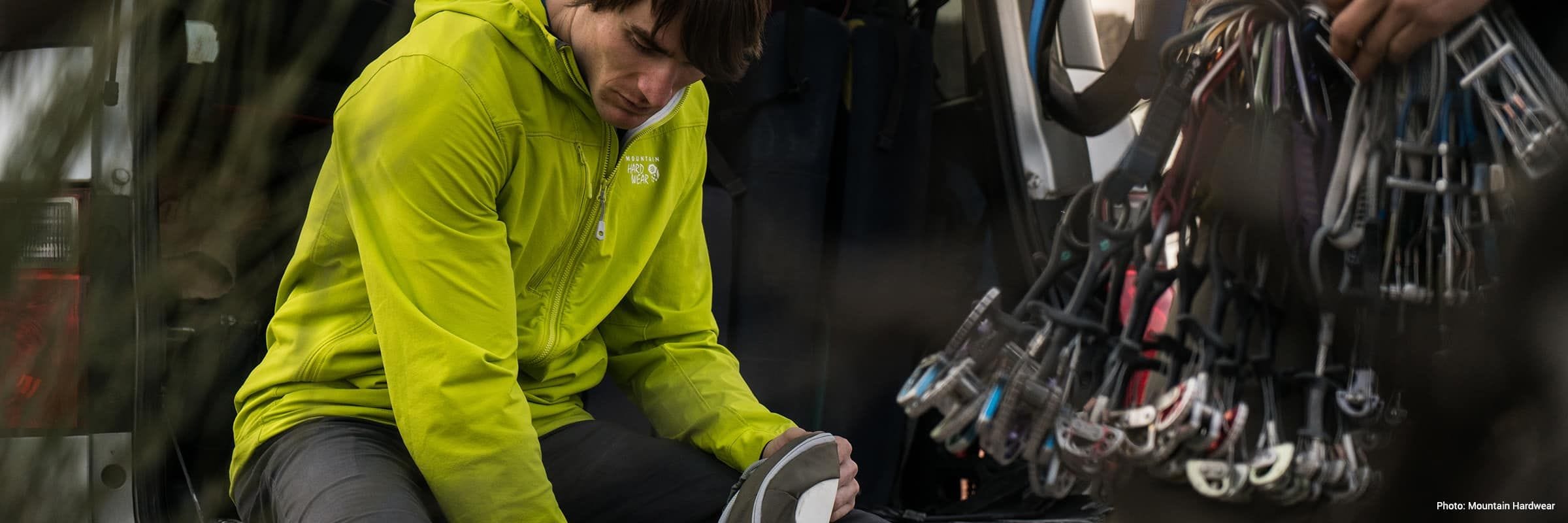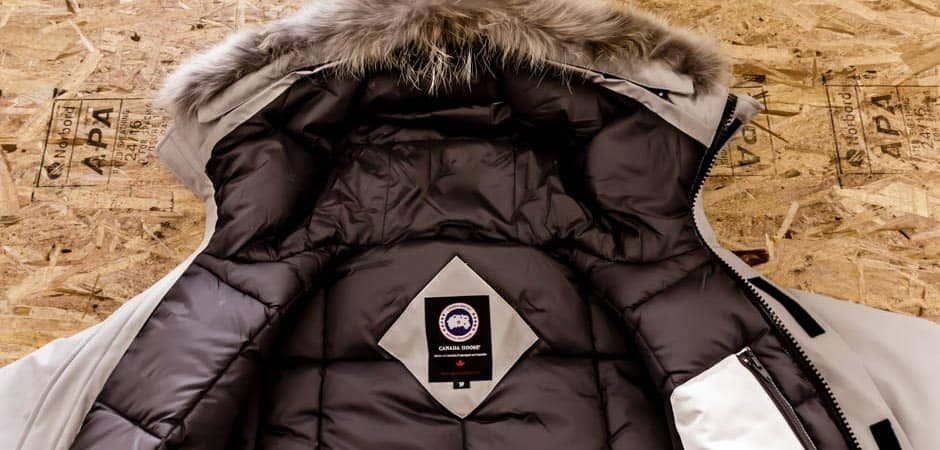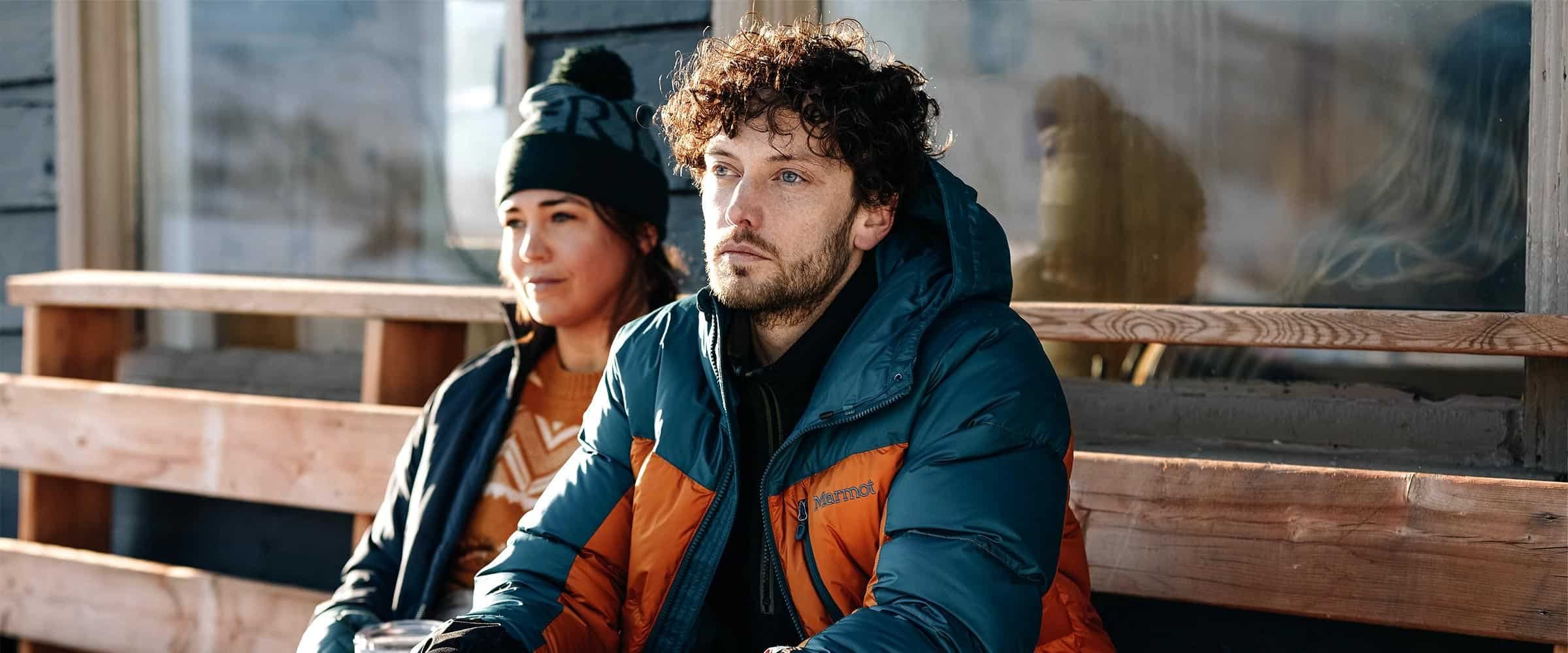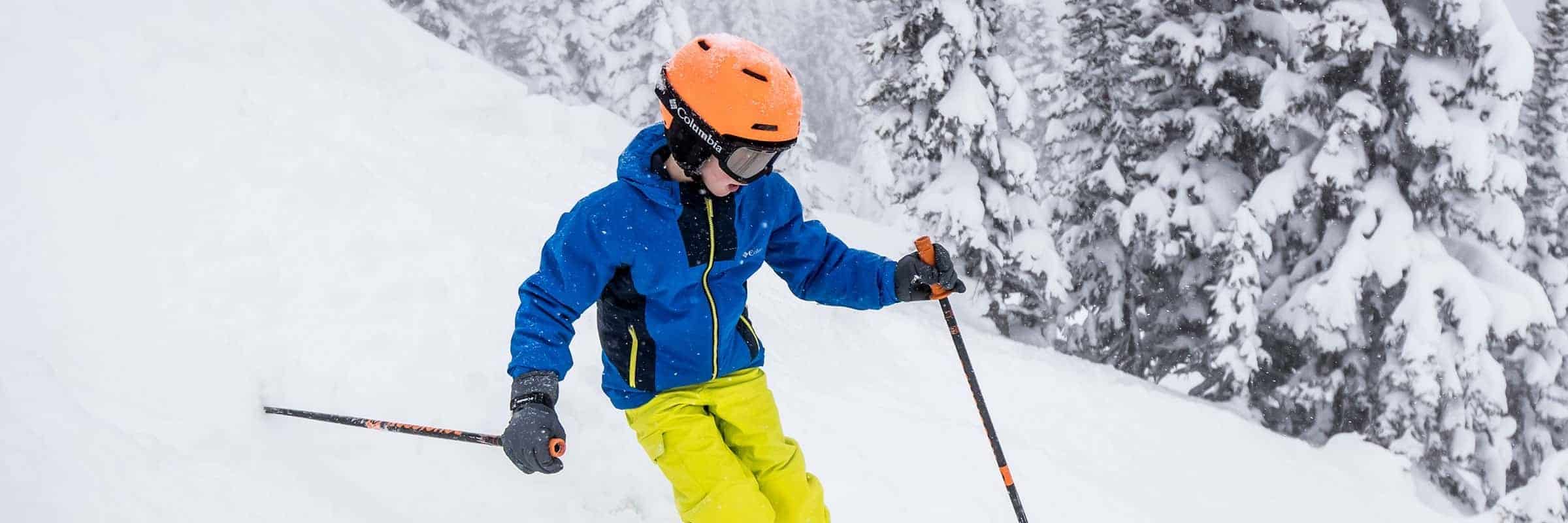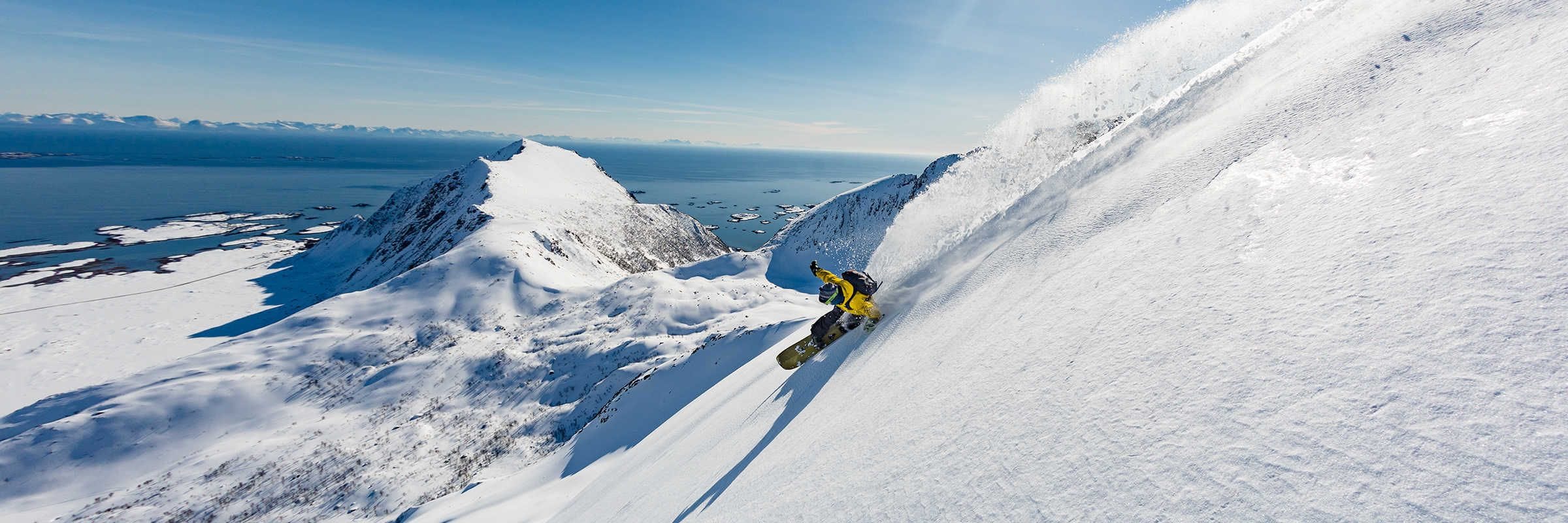Each jacket has its role and place in your wardrobe, whether it’s for outdoor pursuits in the mountains or stylish evenings downtown. Rain coats are for drizzly days; waterproof shells are for adventuring up mountain peaks; parkas are ideal for harsh winter weather; lightly insulated jackets work as layering pieces or as stand-alone apparel in cooler conditions.
But what about softshells? What are they and where do they fit into your jacket wardrobe? In this article, we take a look at everything you need to know about softshell jackets and why you need at least one in your closet!
- What makes a softshell a softshell?
- Discover lightweight stretch-woven softshells
- Discover laminated softshells
- Discover hybrid softshells
- What’s the difference between softshells & waterproof shells?
- What’s the difference between softshells & fleeces?
- What’s the difference between softshells & windbreakers?
So, What is a Softshell?
Originally introduced to the outdoor apparel world in the mid-2000s, softshell jackets were designed as a hybrid between a waterproof shell and a highly breathable fleece. They were originally intended for high-intensity aerobic activities, and every ski, snowboard, and outerwear brand circa 2003 started manufacturing them.
Today, thanks to the advent of high-quality technical fabrics, softshells have become increasingly lightweight and high-performance pieces of gear. Household name brands like The North Face, Patagonia, Mountain Hardwear, and Outdoor Research make a variety of models to cater to every type of adventurer.
Softshells are usually made from a combination of materials such as polyester and nylon. These materials constitute the ingredients in most outdoor apparel, and while they’re not quite 100% waterproof, they are highly breathable, comfortable against your skin, and surprisingly durable.
Those looking for a technical jacket that can withstand a variety of conditions while still providing mobile protection are once again reaching for their favourite softshell.
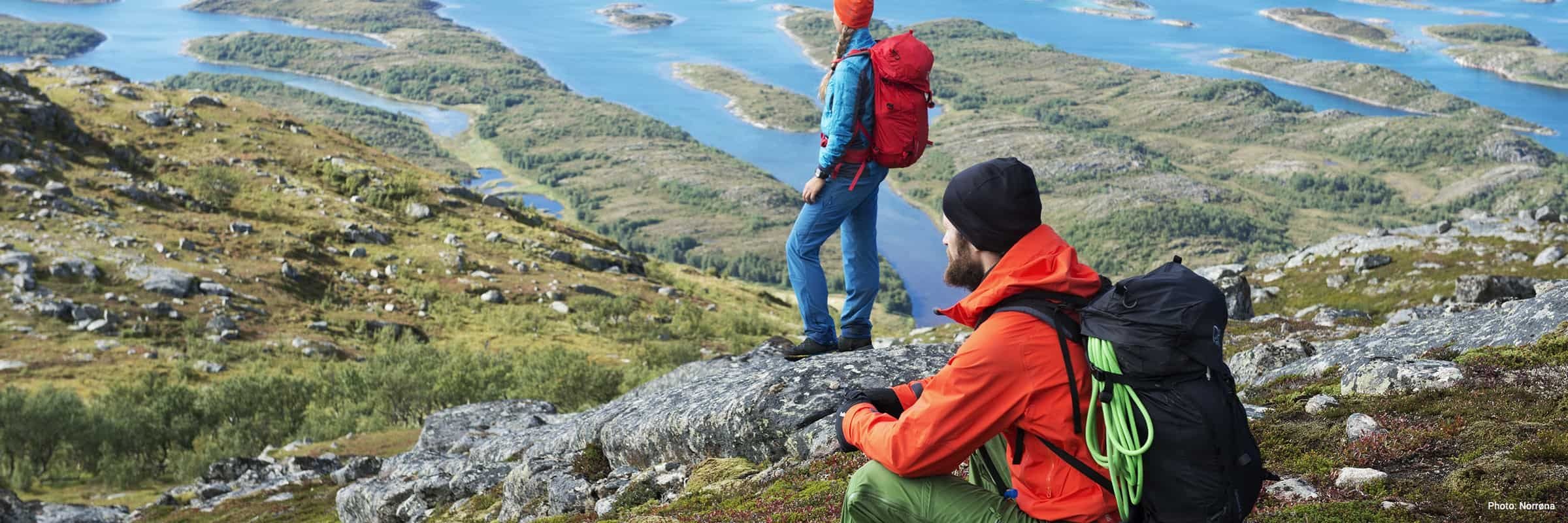
WHAT MAKES A SOFTSHELL A SOFTSHELL?
So what’s the fuss about softshell jackets? As mentioned above, they are an ideal layering piece. Whether you’re mountaineering, climbing, or ski touring, softshells are designed to perform during high-output activities. Therefore, if you enjoy spending time outside, you’re probably going to want to have at least one softshell in your wardrobe.
The main features that make up these versatile jackets include being water and wind-resistant, breathable, stretchy, and lightweight. All of these features will enhance your performance during your chosen outdoor activity.
The Different Kinds of Softshells
Like most technical pieces of clothing, there are multiple variations of one particular style. Take rain jackets, for example: When searching for the perfect raincoat, you’ll discover the 2L, the 2.5L, and the 3L. They’re all rain jackets, but they boast slightly different features and will be constructed in a somewhat different way.
The same goes for softshells; there are many variations, and each will excel for various reasons. Let’s look at the 3 major categories that a softshell jacket can fall into.
Lightweight Stretch-Woven Softshells
Stretch-woven softshell jackets are the most common and work as an ideal mid-layer under a waterproof shell or stand-alone layer in warmer temperatures. They have wind-resistant and water-repellent outer layers with highly breathable inners.
The breathable layer is efficient enough at keeping wearers dry while backpacking, cycling, or even cross-country skiing during light precipitation.
Laminated Softshells
Laminated soft shells are designed for colder and wetter conditions. These jackets are outfitted with water and windproof laminates that allow them to hold up in harsher conditions, keeping wearers dry and comfortable.
Laminated softshells share similar features with waterproof shells or hardshells, being slightly heavier and a little less breathable. But, if you’re focused on weather protection, a laminated softshell is the right choice thanks to its taped seams and waterproof membranes.
Hybrid Softshells
As the name implies, hybrid softshells offer the best of both worlds. They combine features from lightweight stretch-woven softshells with the weather protection of laminated softshells, making them more durable and performant.
Robust, laminated fabrics reinforce high-abrasion areas such as the core and the shoulders, while more breathable fabrics make up hot zones under the arms and along the back. Hybrid softshells utilise a mixture of fabrics to provide exceptional breathability and rugged protection for all your favourite outdoor activities.
Although we’ve discussed three types of softshells, the two main categories are stretch-woven and membrane softshells. Laminated softshells and hybrids fall under the membrane category, whereas lightweight stretch-woven softshells remain in the stretch-woven category.
Membrane softshells are more robust than lightweight stretch-woven softshells and will be more appealing for those concerned with weather protection rather than breathability. A membrane softshell is ideal for people who spend a lot of time outside in wet weather where water protection is an absolute must.
Common Materials
| Stretch-Woven Softshells | Membrane Softshells |
|
|
THE DIFFERENCES BETWEEN SOFTSHELLS & WATERPROOF SHELLS
If a hybrid softshell is nearly the same as a waterproof shell or hardshell, how do you decipher the difference between a softshell and a waterproof shell?
Their key difference is breathability. No matter how technical a waterproof shell is, there will always be a small amount of water vapour that will remain trapped inside the garment. When you’re out hiking or running, it’s this vapour that will leave you feeling clammy and damp, and not the lack of waterproof materials.
Most waterproof shells are made of a woven face fabric which is then laminated to a waterproof membrane or a microporous coating; in contrast, most softshells strictly use a DWR coating. The most common waterproof membrane is GORE-TEX, and conventional microporous coatings including HyVent, PreCip, and Dry.Q. All of these waterproof technologies effectively keep water from penetrating the garment but fall short on breathability.
Another difference is packability. Most technical waterproof shells are designed to be highly packable. On the other hand, softshells tend to be less packable, as they are designed to be mid-layers or insulations pieces, rather than as an outer layer. They are often made of fleece materials that feel softer against the skin.
TL;DR: The key feature of a waterproof shell or hardshell is its waterproof protection, whereas the number one feature of a softshell is breathability.
THE DIFFERENCES BETWEEN SOFTSHELLS & FLEECES
Before we get started, what is a fleece? Well, it’s both the woolly coat of a goat or sheep, as well as a type of jacket made from soft-napped, insulating fabric. Generally, this insulating fabric is made from polyester synthetic Polar Fleece. With Windstopper fleece as the exception, fleeces are neither wind- nor water-resistant, although they are highly breathable. This makes them an ideal layering piece.
Although many softshells are made from some fleece fabrics or boast a fleece lining, they’re quite different from your basic fleece sweat-shirt. Where a fleece will often pill or produce lint, a softshell will remain intact due to its hardshell fabric construction. Fleeces are also surprisingly magnetic to pet hair, while ‘harder’ softshells don’t attract nearly as much hair.
TL;DR: A classic fleece is highly breathable but lacks the additional wind and water resistance that softshells excel in.
WHAT’S THE DIFFERENCE BETWEEN SOFTSHELLS AND WINDBREAKERS?
Windbreakers are lightweight garments that offer protection against gusts and cool weather. They’re great for runners who need a thin outer layer without any added warmth. Windbreakers offer lightweight and packable convenience for those on the go, especially in warmer climates.
While a windbreaker won’t stand up to heavy rain, it can keep you dry in light drizzles. Some models even boast added features like pit zips to help you dump excess body heat.
As we’ve discussed, softshells aren’t fully waterproof, but they do make an excellent companion for active outdoor adventures that demand a mix of breathability and insulation in your layering system. This includes things like backcountry skiing, shoulder season hiking, and rock climbing in less-than-ideal conditions.
TL;DR: Windbreakers are a thin, outer layer jacket—perfect for everyday wear in cool or dry weather. It is a lightweight and packable piece of outdoor gear that offers wind protection, but little else. A softshell is preferred for light rain and boasts a water-resistant outer fabric with some insulation.
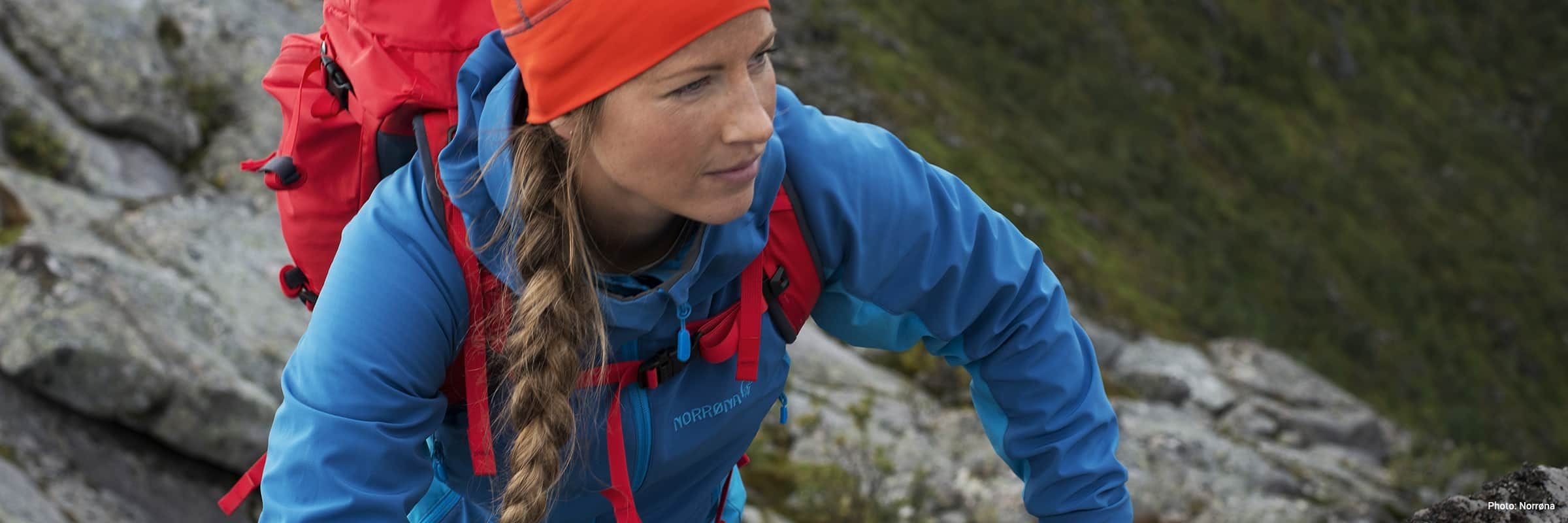
THAT’S A WRAP ON SOFTSHELLS
At the end of the day, your softshell won’t replace your durable waterproof shell that withstands rain, snow, and slush. That said, your softshell will excel at keeping you warm and dry during aerobic activities even through damp and windy conditions.
As we’ve seen, softshells are designed to be flexible and stretchy so that you can easily layer up and still move comfortably for a variety of high-output activities. If you’re new to the outdoor lifestyle, a softshell should be one of your first purchases. If you’re a veteran, well, you probably already have a couple of trusty softshells stored in your closet, waiting to be taken on its next outdoor adventure.
Check out our collection of the best softshell jackets below!
